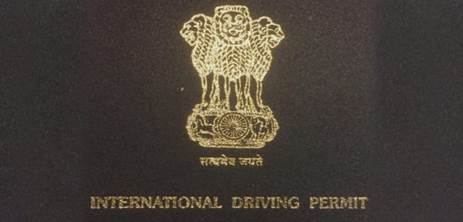Description

Disclaimer: Copyright infringement not intended.
Context
- The Ministry of Road Transport and Highways has issued a notification for greater facilitation of citizens in the issue of International Driving Permit (IDP) across the country.
Background
- India, being a signatory to Convention on International Road Traffic of 1949 (Geneva Convention), is required to issue IDP as provided under this Convention, for the acceptance of the same on reciprocal basis with other countries.
- Currently, the format, size, pattern, colour etc. of the IDP being issued was differing across States in India. Due to this, many citizens were facing difficulties with their respective IDP in foreign countries.
Amendments
- Now, through this new amendment, the format, size, colour etc. for IDP has been standardized for issuance across India, and in adherence to the Geneva Convention.
- Provision for QR code to link the IDP with the Driving License has also been made.
- A comparison of vehicle categories across various Conventions and Central Motor Vehicle Rules, 1989 has also been added for facilitation of regulatory authorities.
- Helpline numbers and email have also been provided.

New rules
- The permit shall be a booklet in format A6 (148 x 105 mm).
- The cover shall be grey (RGB: 270, 270, 270; Hex: #D9D9D9) and the inside pages white.
- The format for the permit shall conform to the provisions of the rules.
- Handwritten or typed entries made on the permit shall be in Latin characters or in English cursive script,
Geneva Convention on Road Traffic
- The Convention on Road Traffic, commonly known as the Geneva Convention on Road Traffic, is an international treaty promoting the development and safety of international road traffic by establishing certain uniform rules among the contracting parties. The convention addresses minimum mechanical and safety equipment needed to be on board and defines an identification mark to identify the origin of the vehicle.
- The Convention came into force on 26 March 1952. This conference also produced the Protocol on Road Signs and Signals.
- The convention has been ratified by 101 countries.
- One of the main benefits of the convention for motorists is the obligation on signatory countries to recognize the legality of vehicles from other signatory countries.
https://www.pib.gov.in/PressReleasePage.aspx?PRID=1855198














